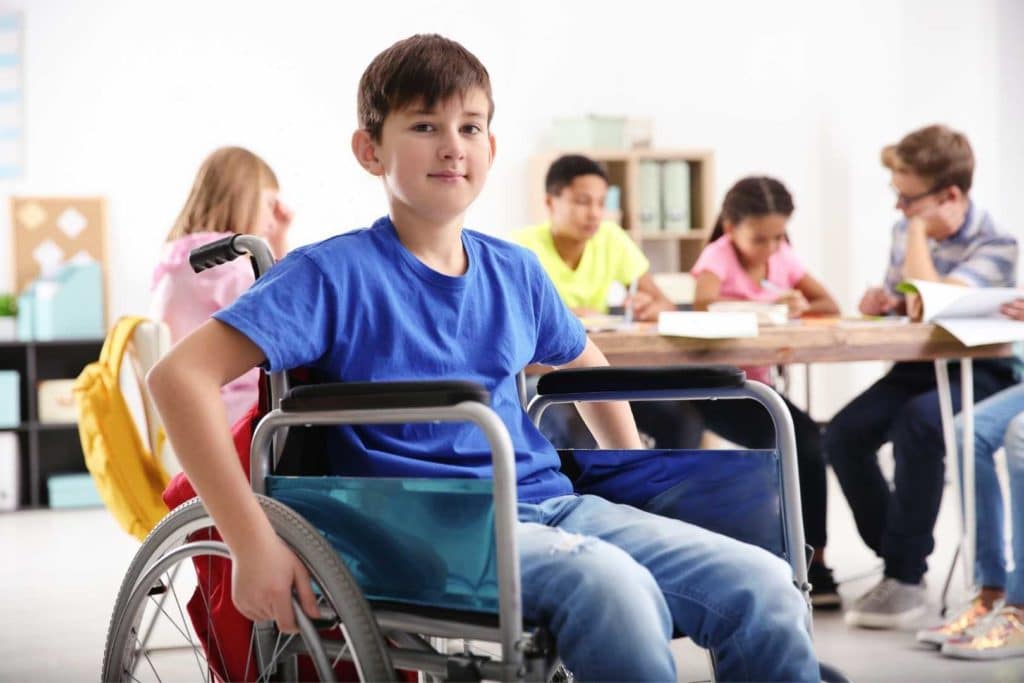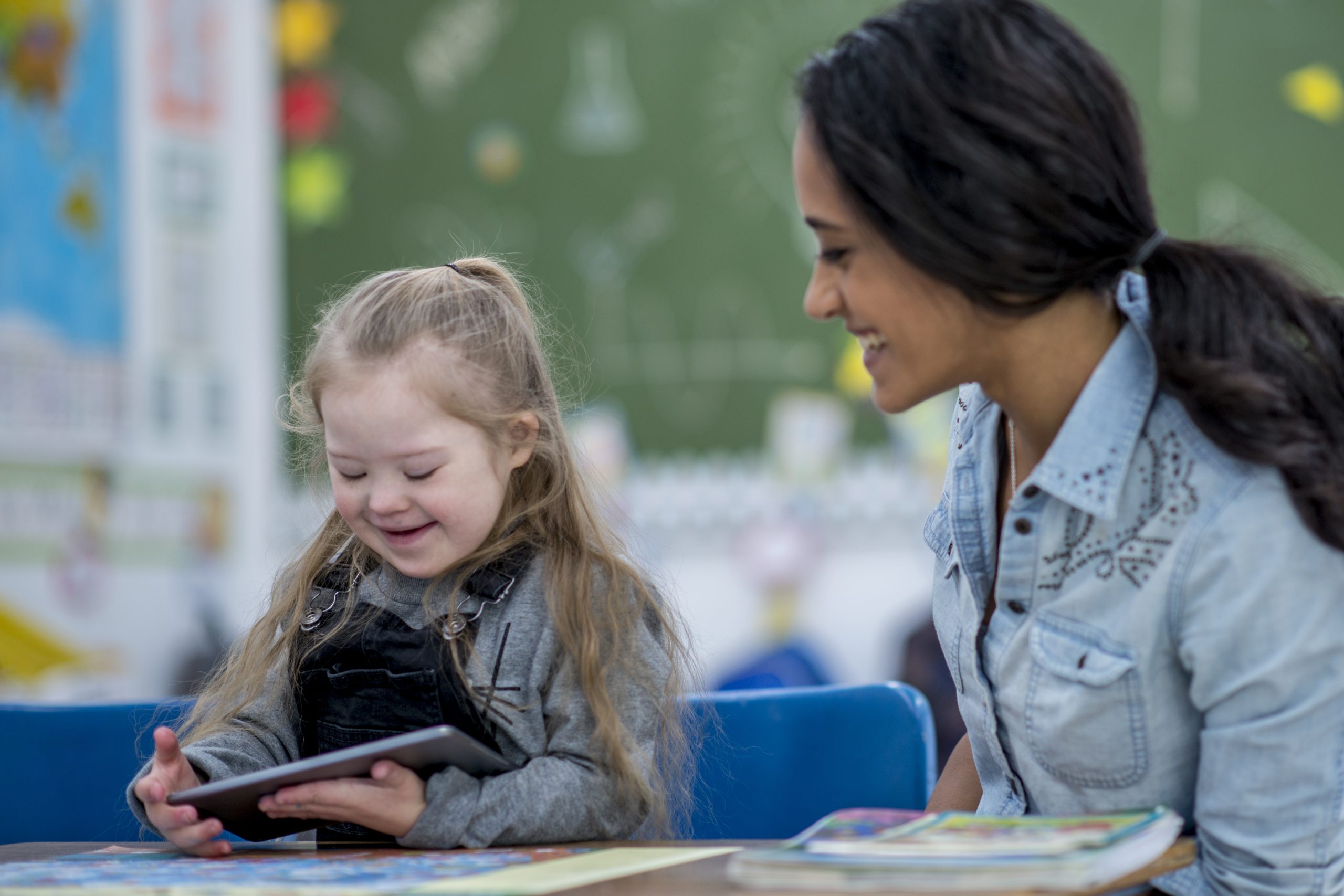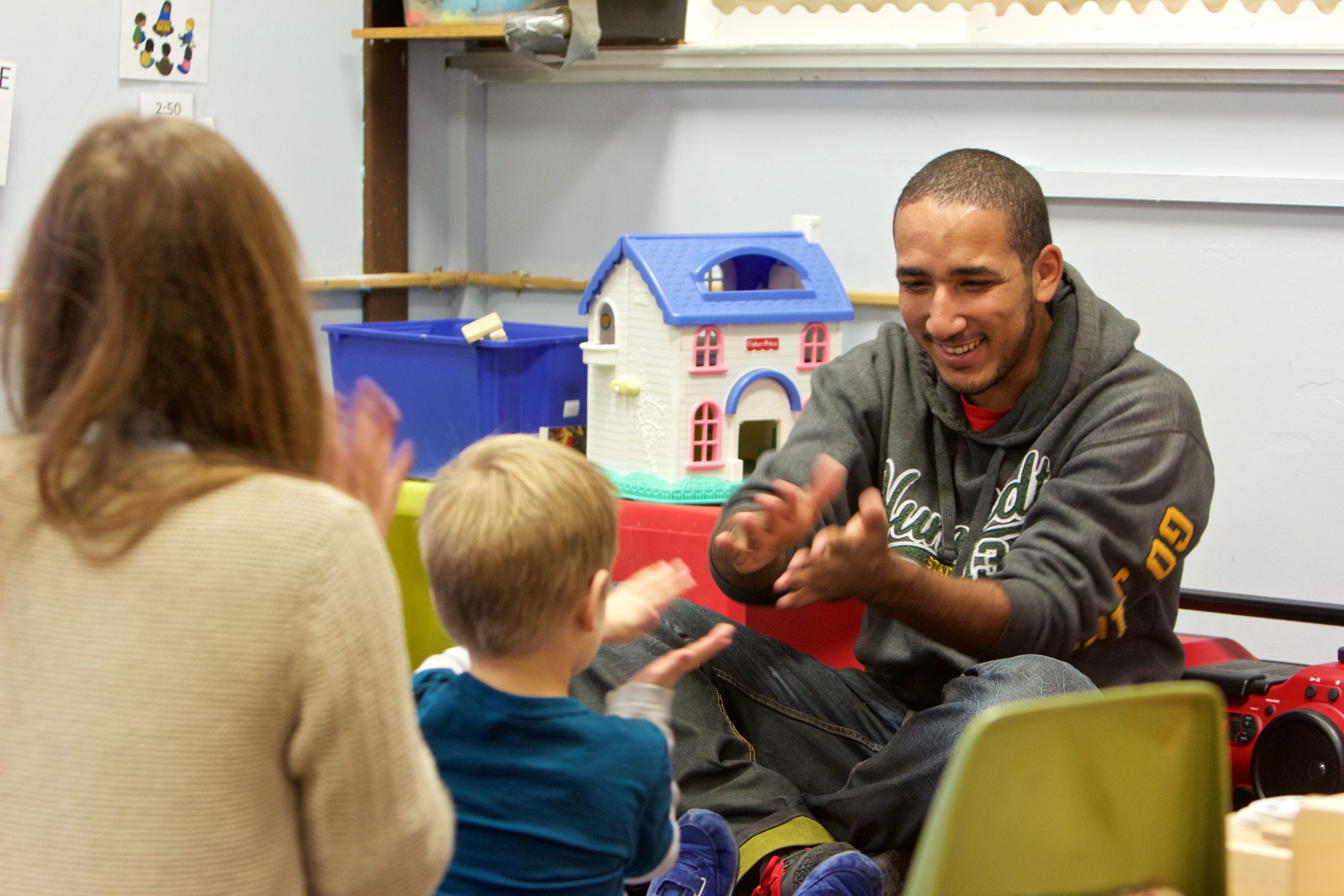Students facing the complexities of multiple disabilities require specialized and comprehensive support within the realm of special education. This article delves into the unique challenges posed by multiple disabilities and explores the multifaceted strategies employed in providing holistic educational services to address the diverse needs of these students.
Understanding Multiple Disabilities:

Multiple disabilities refer to the coexistence of two or more impairments that significantly impact an individual’s ability to function. These disabilities can range from physical and sensory impairments to intellectual and developmental challenges. Recognizing the intricacies of each disability is fundamental to tailoring educational services that address the holistic needs of these students.
Customized Individualized Education Plans (IEPs):
The cornerstone of comprehensive special education for students with multiple disabilities is the development of customized Individualized Education Plans (IEPs). These plans are intricately designed to encompass the specific learning goals, support services, and accommodations required for each student. Collaborative efforts involving educators, specialists, and parents ensure that the IEPs are dynamic and responsive to the evolving needs of the student.

Adaptive and Assistive Technologies:
In the era of technological advancement, special education for students with multiple disabilities integrates adaptive and assistive technologies. These tools are carefully selected to enhance accessibility, facilitate communication, and provide tailored learning experiences. From touch-screen devices for students with motor challenges to specialized software for those with visual or auditory impairments, technology becomes a valuable ally in the learning process.
Multisensory Learning Approaches:
Recognizing that traditional teaching methods may not cater to the diverse needs of students with multiple disabilities, special education employs multisensory learning approaches. These approaches engage multiple senses, fostering a deeper understanding and connection with the curriculum. Tactile, auditory, and visual stimuli are incorporated to create a rich and interactive learning environment.

Physical Therapy and Adaptive Physical Education:
For students with physical disabilities, special education extends beyond the traditional classroom. Physical therapy and adaptive physical education programs are essential components of comprehensive services. These programs focus on enhancing mobility, coordination, and motor skills, ensuring that students can actively participate in both educational and recreational activities.
Inclusive and Supportive Classroom Environment:
Creating an inclusive and supportive classroom environment is pivotal for students with multiple disabilities. Peers and educators play a crucial role in fostering a culture of acceptance, understanding, and collaboration. Inclusive practices go beyond physical accessibility to encompass a mindset that values diversity and promotes a sense of belonging for every student.
Collaboration with Specialized Professionals:
Comprehensive special education for students with multiple disabilities involves collaboration with a spectrum of specialized professionals. Speech therapists, occupational therapists, behavioral specialists, and other professionals work in tandem with educators to address the varied needs of the students. Regular communication and joint planning contribute to a cohesive and integrated approach to education.

Parental Involvement and Support Networks:
In recognizing the holistic needs of students with multiple disabilities, parental involvement is paramount. Special education services actively involve parents in the decision-making process, ensuring that the strategies implemented at school are reinforced at home. Support networks, including workshops and community resources, provide a collective foundation for the ongoing success of these students.
Conclusion:
In conclusion, comprehensive special education services for students with multiple disabilities require a multifaceted approach that addresses the unique challenges posed by each disability. Through customized IEPs, adaptive technologies, multisensory learning, physical therapy, inclusive environments, collaboration with specialized professionals, and active parental involvement, educators can create a learning environment that nurtures the potential of every student, regardless of the complexity of their disabilities.




